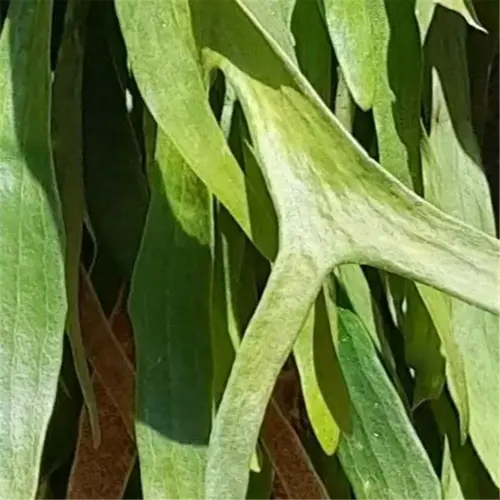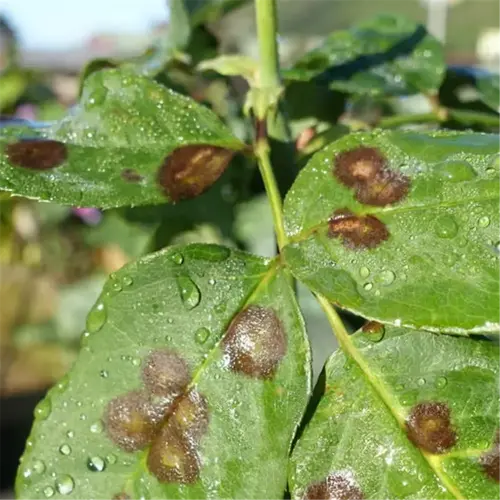What's the ideal fertilizer for blooming roses?

Written by
Liu Xiaohui
Reviewed by
Prof. Charles Hartman, Ph.D.Fertilizers with high phosphorus content (for example, 15-30-15 NPK) are the best option to bloom roses. Phosphorus builds cell walls and is responsible for flower set during bud formation. During my Nashville trialing, I have routinely seen roses double their petal counts with this fertilizer. Avoid fertilizer blends high in nitrogen content, as the emphasis will be placed on vegetative leaves over flowers.
Essential Nutrients
- Phosphorus (15%): Stimulates flower development
- Potassium (15%): Strengthens stems and disease resistance
- Low Nitrogen (30%): Limits leafy overgrowth
Application Schedule
- Early spring: Granular fertilizer worked into soil
- Every 4-6 weeks: Liquid feed during active growth
- Post-bloom: Potassium boost to prep for dormancy
An Arizona client used to apply a 30-10-10 formula that developed thick, lush leaves but no flowers. When this client switched to a 15-30-15 fertilizer, her garden changed drastically by the end of the summer! The garden produced three flushes of flowers! Timing is everything: granular feeds should be applied as the buds swell, not before that time.
Spring Start-Up
- Mix granular fertilizer into top 15cm of soil
- Water deeply to activate nutrient release
- Avoid frost dates, feed only when soil warms
Summer Maintenance
- Use liquid feed every 4 weeks
- Spray foliage early morning to prevent burn
- Reduce nitrogen after first bloom cycle
Organic options include bone meal (3-15-0); such options are efficacious but tend to show slower results. For more immediate impact, combine with fish emulsion. A member of a Portland rose society swears by this combination regarding her heritage roses which exceed the performance of rose hybrids. The one caveat is always to water after feeding to prevent root scorch.
Read the full article: Best Soil for Roses: Expert Tips for Lush Blooms

